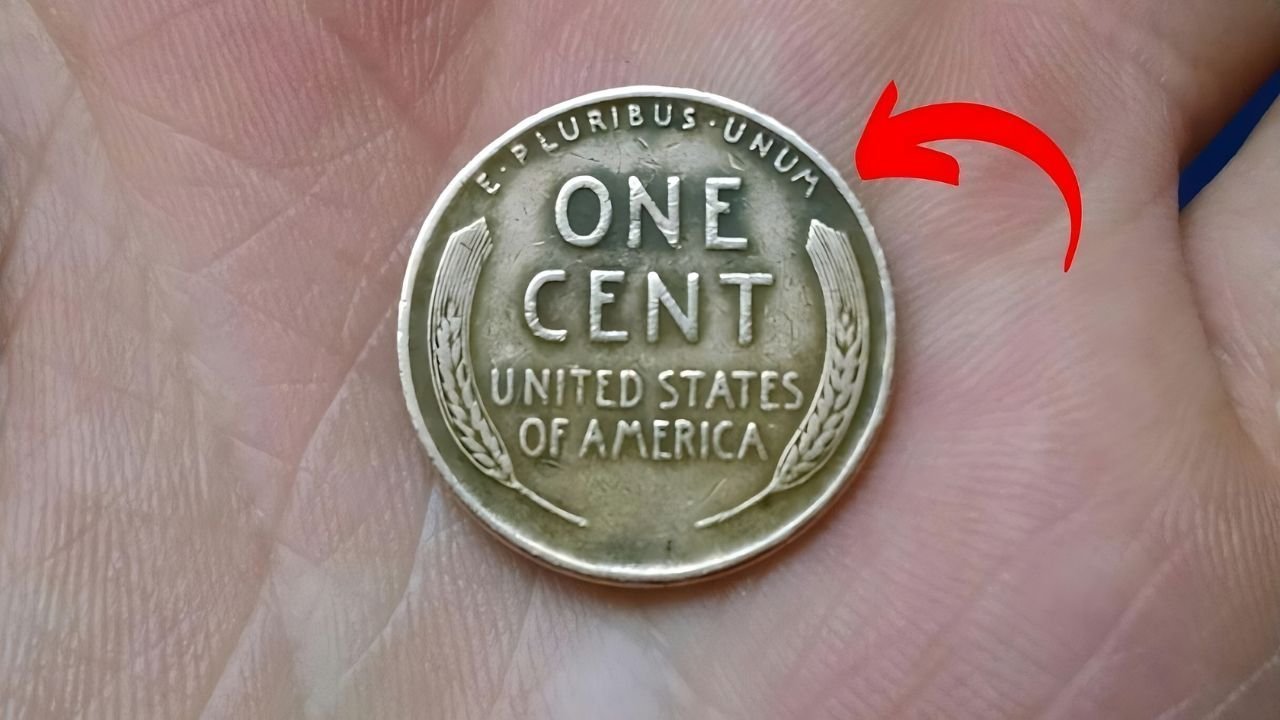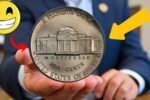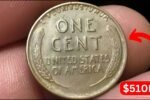The Lincoln Wheat Penny Valued at $11 Million : It sounds like urban legend: a penny so rare and valuable it’s worth $11 million, yet it might still be hiding in plain sight — in a coin jar, under your car seat, or tucked away in a forgotten piggy bank. But truth is stranger than fiction in the world of numismatics, and when it comes to the Lincoln Wheat Penny, collectors know that even a single cent can be worth a small fortune.
So what makes this particular penny so special? And could one really still be out there, disguised among billions of ordinary coins? Let’s uncover the mystery of the $11 million Lincoln Wheat Cent.
The Legend of the Lincoln Wheat Penny
First minted in 1909, the Lincoln Wheat Penny was the first U.S. coin to feature a real historical figure — President Abraham Lincoln. Designed by Victor David Brenner, the coin’s reverse showed two stylized wheat ears, giving it the nickname “Wheat penny.” Production continued until 1958, when the wheat design was replaced by the Lincoln Memorial.
While most Wheat pennies are worth just a few cents, some rare varieties are virtually priceless to collectors. The most legendary of them all is the 1943 Bronze Lincoln Cent, also known as the $11 million penny.
The $11 Million Penny: What Makes It So Valuable?
In 1943, during World War II, copper was in high demand for wartime materials. To conserve the metal, the U.S. Mint produced pennies using zinc-coated steel, not the usual copper.
However, due to a minting error, a small number of pennies were struck on leftover bronze (copper) planchets from 1942. These copper 1943 pennies are extremely rare, with only a handful known to exist — perhaps fewer than 20 across all three U.S. mints.
One of these coins, in pristine condition and verified by top grading agencies, was reportedly sold in a private transaction valued at $11 million. This makes it one of the most valuable coins ever sold.
How Could a Coin This Valuable Still Be in Circulation?
Because the coin looks almost identical to a regular penny — and copper pennies were common in earlier and later years — it’s possible a 1943 bronze cent could still be overlooked, especially by someone unfamiliar with coin collecting.
Even seasoned collectors admit that errors happen. Rare coins have turned up in the most unexpected places:
- In estate collections
- At garage sales
- Inside old cigar boxes
- Even in pocket change
Considering how millions of 1943 steel pennies were minted, it’s easy to overlook one that looks like a normal copper coin — unless you know exactly what to look for.
How to Spot a 1943 Bronze Wheat Penny
Here’s what to check:
Date: Must read 1943
Color: Should be reddish-brown, not silver-gray (steel)
Magnet Test: A 1943 bronze penny will not stick to a magnet. A steel one will.
Weight: A bronze penny weighs 3.11 grams, while a steel one weighs 2.7 grams
Mint Mark: Variants exist from the Philadelphia (no mintmark), Denver (D), and San Francisco (S) mints
If you suspect you have one, don’t clean it. Instead, handle it carefully and get it professionally authenticated.
Other Valuable Lincoln Wheat Pennies
While the 1943 bronze cent is the crown jewel, there are many other valuable Wheat pennies worth looking for:
- 1909-S VDB – Worth up to $15,000+
- 1914-D – Up to $6,000+
- 1922 No D – Up to $10,000+
- 1955 Doubled Die – Up to $25,000+
Even common Wheat pennies from the 1940s and 1950s can fetch a few dollars in good condition.
What To Do If You Think You’ve Found One
- Handle it gently, preferably with gloves.
- Do not clean it – this can destroy its value.
- Compare it to images of authentic rare coins.
- Weigh it using a precise scale.
- Have it graded by a certified coin grading service like PCGS or NGC.
Once authenticated, a coin dealer or auction house can help you sell or insure your rare find.
Frequently Asked Questions (FAQs.)
Q1: Why is the 1943 Lincoln Wheat Penny so valuable?
A: In 1943, the U.S. Mint switched from copper to steel for pennies to conserve copper for World War II. However, a few pennies were mistakenly struck on leftover bronze (copper) planchets from 1942. These error coins are incredibly rare — only a handful are known to exist — making them worth millions to collectors.
Q2: How many 1943 bronze Lincoln pennies exist?
A: Experts believe there are fewer than 20 known examples across all three mint locations (Philadelphia, Denver, San Francisco). Their extreme rarity is what drives their high value.
Q3: How can I tell if my 1943 penny is the rare copper version?
A: Here’s how to check:
- Color: Bronze pennies are reddish-brown, while 1943 steel cents are gray/silver.
- Magnet Test: Copper versions do not stick to a magnet. Steel versions will.
- Weight: A genuine bronze penny weighs about 3.11 grams; steel ones weigh about 2.7 grams.
- Date: It must be marked 1943, with no other modifications.
Q4: Can a real $11 million penny still be in circulation?
A: Technically yes — and there have been cases of rare coins being discovered in everyday change, old jars, estate sales, and inherited collections. Because the copper 1943 penny looks similar to ordinary ones, it’s possible someone unknowingly spent it.
Final Thoughts: Treasure in Your Pocket
The idea of an $11 million penny might sound unbelievable — but it’s real. The world of coins is full of surprises, and one of the most valuable U.S. coins ever known could be hiding in plain sight. Whether you’re a collector, a history buff, or just someone who checks their change out of curiosity, keep an eye out.
You might just be one lucky penny away from a life-changing discovery.




